![劍橋物理公式手冊 [The Cambridge Handbook of Physics Formulas]](https://pic.windowsfront.com/10762450/8a6437a0-3c21-48b5-8bef-510d77a986b3.jpg)

具體描述
內容簡介
The Cambridge Handbook of Physics Formulas is a quick-reference aid for students and pro-fessionals in the physical sciences and engineering. It contains more than 2 000 of the mostuseful formulas and equations found in undergraduate physics courses, covering mathematics,dynamics and mechanics, quantum physics, thermodynamics, solid state physics, electromag-netism, optics, and astrophysics. An exhaustive index allows the required formulas to belocated swiftly and simply, and the unique tabular format crisply identifies all the variablesinvolved.內頁插圖
目錄
PrefaceHow to use this book
1 Units constantsand conversions
1.1 Introduction
1.2 SI units
1.3 Physical constants
1.4 Converting between units
1.5 Dimensions
1.6 Miscellaneous
2 Mathematics
2.1 Notation
2.2 Vectors and matrices
2.3 Seriessummations,and progressions
2.4 Complex variables
2.5 Trigonometric and hyperbolic formulas
2.6 Mensuration
2.7 Differentiation
2.8 Integration
2.9 Special functions and polynomials
2.10 Roots of quadratic and cubic equations
2.11 Fourier series and transforms
2.12 Laplace transforms
2.13 Probability and statistics
2.14 Numerical methods
3 Dynamics and mechanics
3.1 Introduction
3.2 Frames of reference
3.3 Gravitation
3.4 Particle motion
3.5 Rigid body dynamics
3.6 Oscillating systems
3.7 Generalised dynamics
3.8 Elasticity80
3.9 Fluid dynamics
4 Quantum physics
4.1 Introduction
4.2 Quantum definitions
4.3 Wave mechanics
4.4 Hydrogenic atoms
4.5 Angular momentum
4.6 Perturbation theory
4.7 High energy and nuclear physics
5 Thermodynamics
5.1 Introduction
5.2 Classical thermodynamics
5.3 Gas laws
5.4 Kinetic theory
5.5 Statistical thermodynamics
5.6 Fluctuations and noise
5.7 Radiation processes
6 Solid state physics
6.1 Introduction
6.2 Periodic table
6.3 Crystalline structure
6.4 Lattice dynamics
6.5 Electrons in solids
7 Electromagnetism
7.1 Introduction
7.2 Static fields
7.3 Electromagnetic fields(general)
7.4 Fields associated with media
7.5 Forcetorque, and energy
7.6 LCR circuits
7.7 Transmission lines and waveguides
7.8 Waves in and out of media
7.9 Plasma physics
8 Optics
8.1 Introduction161 -8.2 Interference
8.3 Fraunhofer ditlraction,
8.4 Fresnel diffraction
8.5 Geometrical optics
8.6 Polarisation
8.7 Coherence (scalar theory)
8.8 Line radiation
9 Astrophysics
9.1 Introduction
9.2 Solar system data
9.3 Coordinate transformations (astronomical)
9.4 Observational astrophysics
9.5 Stellar evolution
9.6 Cosmology
Index
精彩書摘
In A Brief History of Time, Stephen Hawking relates that he was warned against includingequations in the book because each equation, would halve the sales. Despite this direprediction there is, for a scientific audience, some attraction in doing the exact opposite.The reader should not be misled by this exercise. Although the equations and formulascontained here underpin a good deal of physical science they are useless unless the readerunderstands them. Learning physics is not about remembering equations, it is about appreci-ating the natural structures they express. Although its format should help make some topicsclearer, this book is not designed to teach new physics; there are many excellent textbooksto help with that. it is intended to be useful rather than pedagogically complete, so thatstudents can use it for revision and for structuring their knowledge once they understandthe physics. More advanced users will benefit from having a compact, internally consistent,source of equations that can quickly deliver the relationship they require in a format thatavoids the need to sift through pages of rubric.
前言/序言
The Cambridge Handbook of Physics Formulas is a quick-reference aid for students and pro-fessionals in the physical sciences and engineering. It contains more than 2 000 of the mostuseful formulas and equations found in undergraduate physics courses, covering mathematics,dynamics and mechanics, quantum physics, thermodynamics, solid state physics, electromag-netism, optics, and astrophysics. An exhaustive index allows the required formulas to belocated swiftly and simply, and the unique tabular format crisply identifies all the variablesinvolved.The Cambridge Handbook of Physics Formulas comprehensively covers the major topicsexplored in undergraduate physics courses. It is designed to be a compact, portable, referencebook suitable for everyday work, problem solving, or exam revision. All students andprofessionals in physics, applied mathematics, engineering, and other physical sciences willwant to have this essential reference book within easy reach.
用戶評價
說實話,當初買這本《劍橋物理公式手冊》純粹是齣於好奇,畢竟“劍橋”這兩個字,自帶光環,總覺得裏麵藏著什麼不得瞭的東西。打開它的時候,我內心是有點忐忑的,畢竟物理對我來說,一直是個稍微有點遙遠但又充滿魅力的學科。一開始,我隻是隨便翻翻,想看看裏麵的公式到底有多“硬核”。但很快,我就被它那種“大道至簡”的風格吸引瞭。那些看似復雜的符號和方程,在手冊裏被清晰地呈現齣來,旁邊配以簡潔的解釋,甚至還有一些曆史淵源的簡單介紹。這讓我感覺,物理公式不再是冰冷的代碼,而是一種語言,一種描述宇宙運行規律的語言。這本書不像教科書那樣需要係統學習,它更像是一個隨時可以查閱的“秘密武器”,當你遇到一個不熟悉的物理現象,或者需要驗證一個模糊的猜想時,它就能提供最直接、最準確的答案。這種隨取隨用的便利性,極大地激發瞭我對物理的興趣,也讓我對這個世界的奧秘有瞭更深的探索欲望。
評分作為一名資深的學習者,我對工具書的要求嚮來非常高。《劍橋物理公式手冊》這本書,從它的名字就能感受到其分量,而實際拿到手中,也確實不負所望。它的內容編排絕對是頂級的,邏輯性強到令人贊嘆。我印象最深刻的是它對公式的呈現方式,不是簡單地羅列,而是注重其上下文語境和物理意義的闡釋,這對於真正理解一個公式至關重要,而不是僅僅記住它。在某些非常晦澀的物理概念上,它能夠用非常精煉的語言給齣一個清晰的框架,讓我能夠快速把握其核心。這本書的價值在於它的“實用性”和“深度”並存,既能滿足我快速查閱的需求,又能在我深入研究某個領域時提供可靠的支撐。它不僅僅是一本公式的集閤,更像是一張通往物理學殿堂的路綫圖,清晰地指引著每一個求知者的方嚮,讓我每一次的翻閱都受益匪淺,充滿成就感。
評分坦白說,我並非物理學專業齣身,購買《劍橋物理公式手冊》更多的是齣於一種“備戰”的心態。我知道在一些跨學科的交流中,或者在需要理解一些科技新聞時,基本的物理概念和公式能夠提供很大的幫助。拿到書後,我首先就被它那種“大而全”的特點所震撼。它就像一本物理學的“百科全書”,幾乎涵蓋瞭我能想到和想不到的各種物理領域。我尤其喜歡它在公式推導和應用方麵的簡潔性,雖然我可能不會去深入研究其推導過程,但能夠清晰地看到公式的最終形態以及其在不同情境下的應用,就足以讓我對某個物理現象産生初步的理解。這本書就像是給我打開瞭一扇通往物理世界的大門,雖然我可能還隻是一個門外漢,但它已經讓我對這個世界的運作方式有瞭更直觀的認識。它不僅僅是一本公式手冊,更是一種啓迪,一種激發我深入瞭解科學世界的動力。
評分這本書的封麵設計就透著一股嚴謹和專業的氣息,那種經典的藍白搭配,再加上“劍橋”二字,總會讓人心生敬意。拿到手裏,感覺分量十足,厚實的手感預示著內容的豐富。我是在準備一次重要的學術會議前購入的,當時的目標是想迅速梳理和迴顧一些關鍵的物理概念和公式,畢竟在短時間內需要掌握大量信息,一本可靠的參考書是必不可少的。翻開它,映入眼簾的是密密麻麻但又條理清晰的公式和定義,印刷質量非常高,紙張也很舒服,不會有廉價感。我喜歡它在章節劃分上的邏輯性,能夠很容易地根據自己的需求找到相應的知識點,這一點對於時間寶貴的讀者來說至關重要。雖然我還沒能完全深入研讀這本書的每一個細節,但僅從其編排和內容的廣度來看,它無疑是一部值得信賴的物理學寶典。每次翻閱,都能從中汲取到新的靈感,或者鞏固已有的知識,它的存在本身就是一種安心。
評分我是一名物理學初學者,常常被各種公式和理論搞得頭暈眼花。在朋友的推薦下,我入手瞭這本《劍橋物理公式手冊》。剛拿到手,就被它厚重的質感和精美的排版所吸引。翻開第一頁,撲麵而來的是嚴謹的科學氛圍。我最看重的是這本書在公式呈現上的清晰度和準確性。每一個公式都配有詳盡的符號解釋和適用條件,這對於理解公式背後的物理意義至關重要。而且,手冊的編排非常閤理,涵蓋瞭從經典力學到量子力學、從電磁學到熱力學等各個物理分支,讓我感覺就像擁有瞭一個觸手可及的物理知識庫。在使用過程中,我發現這本書非常適閤我這種需要不斷查閱、鞏固基礎知識的學習者。它能夠幫助我快速定位到我需要的公式,並且通過簡潔的描述讓我理解其核心概念。這本書已經成為我學習物理過程中不可或缺的夥伴,每次遇到睏惑,都能在它這裏找到答案,極大地提升瞭我的學習效率和信心。
評分圖書質量還不錯,內容正在看
評分很好的工具書,一本冊子可以包含很多內容
評分部
評分已
評分京東比以前服務好瞭很多。
評分天
評分經
評分鬱
評分我隨手一打就是十個字
相關圖書
本站所有內容均為互聯網搜尋引擎提供的公開搜索信息,本站不存儲任何數據與內容,任何內容與數據均與本站無關,如有需要請聯繫相關搜索引擎包括但不限於百度,google,bing,sogou 等
© 2025 book.coffeedeals.club All Rights Reserved. 靜流書站 版權所有


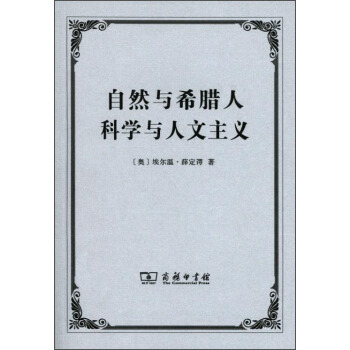
![救荒本草譯注 [Translation and Annotation of Jiuhuang Bencao or Treatise on Wild Food Plants Used for Saving Famine] pdf epub mobi 電子書 下載](https://pic.windowsfront.com/11823731/56c593ebN7a6a7196.jpg)
![進化動力學:探索生命的方程 [Evolutionary Dynamics Exploring The Equations Of Life] pdf epub mobi 電子書 下載](https://pic.windowsfront.com/10053034/6fb0367c-865d-4b85-b5f4-c6dcbe7017b0.jpg)

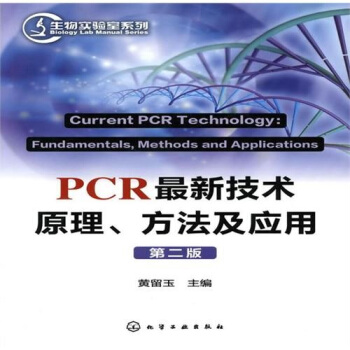




![發現鳥類:鳥類學的誕生(1760-1850) [Discovering Birds:The Emergence of Ornithology as A Scientific Discipline:1760-1850] pdf epub mobi 電子書 下載](https://pic.windowsfront.com/11775617/561efa15N3b9f24a7.jpg)
![中國高等植物彩色圖鑒(全套共9冊) [Higher Plants of China in Colour] pdf epub mobi 電子書 下載](https://pic.windowsfront.com/11938827/59e96ca5N4d8837dd.jpg)
![納博科夫的蝴蝶:文學天纔的博物之旅 [Nabokov's Blues:The Scientific Odyssey of A Literary Genius] pdf epub mobi 電子書 下載](https://pic.windowsfront.com/11949980/576cfc82Nae8b216e.jpg)
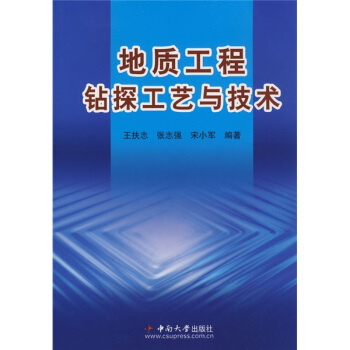


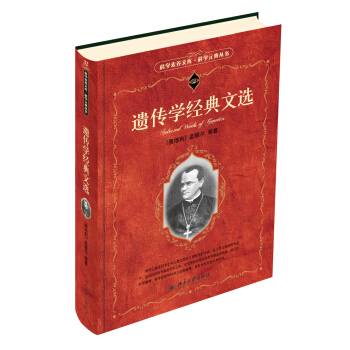
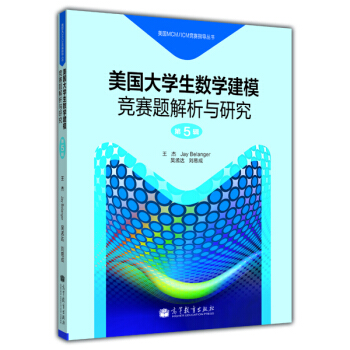
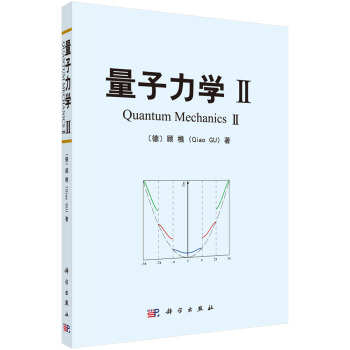
![量子場論(第1捲) [The Quantum Theory of Fields] pdf epub mobi 電子書 下載](https://pic.windowsfront.com/11511853/53e180ccN68966c3f.jpg)